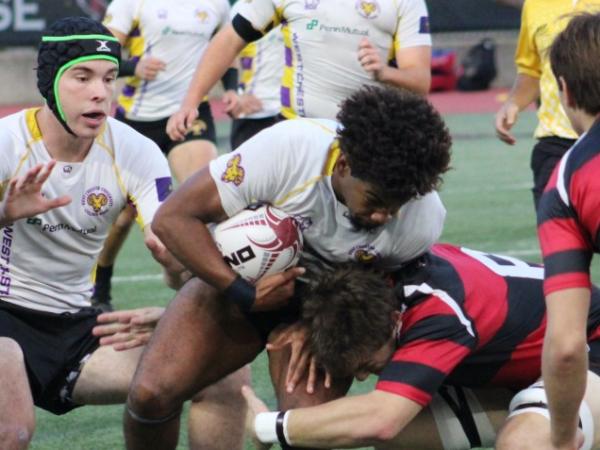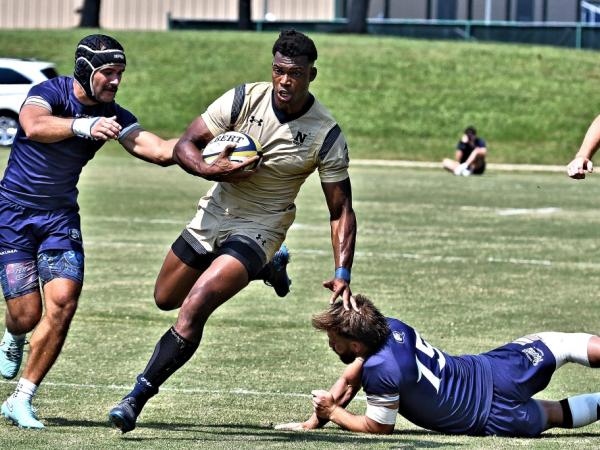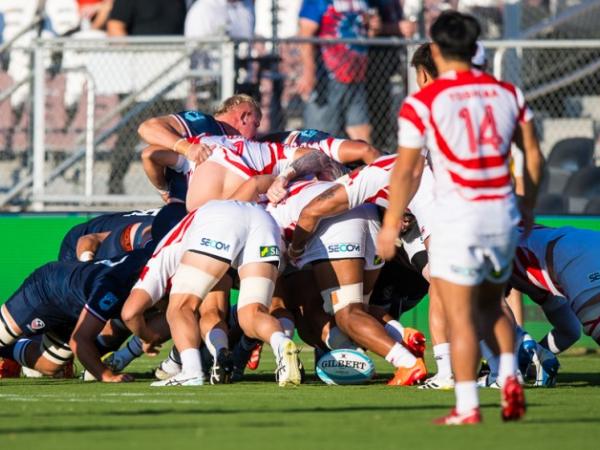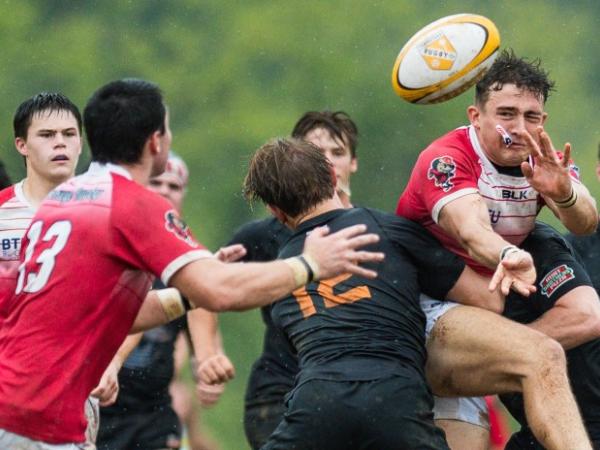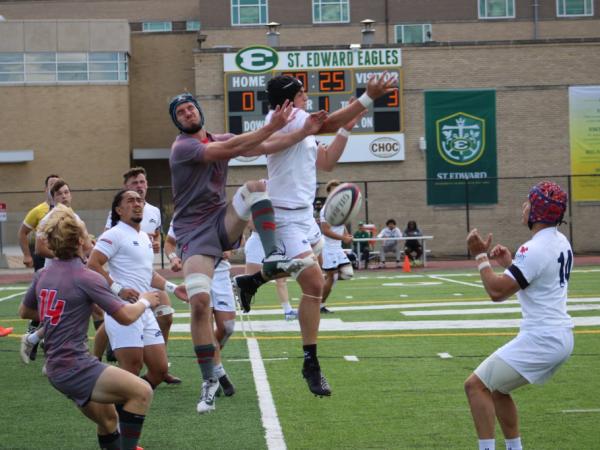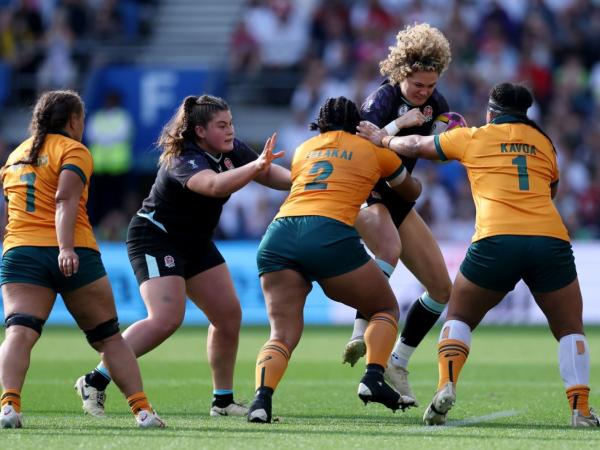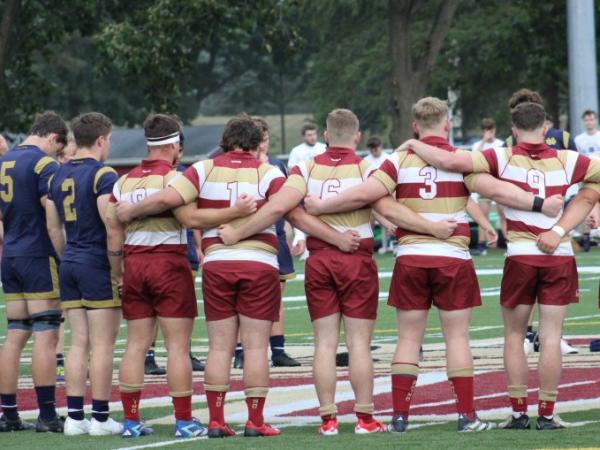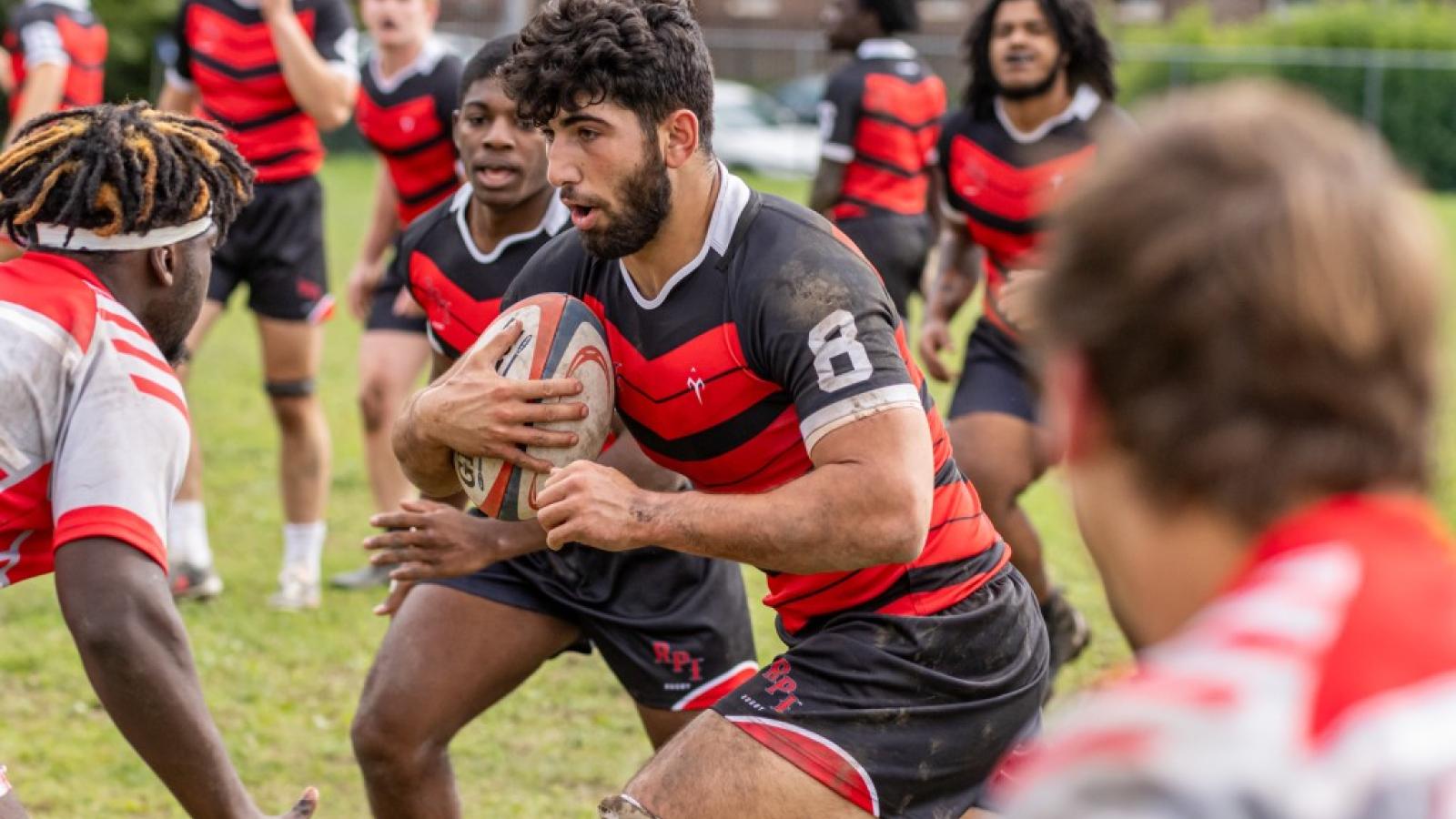Spring is in the air and college acceptance letters are landing in mailboxes and in email in-boxes.
This is an opinion op-ed by guest columnist Dave Miller
Having had yet another parent fall under the spell of "the rugby scholarship” –– coupled with the seeming rise of “varsity college programs” –– it seems timely to examine the choices some boys' families are being asked to embrace:
College in Crisis
Repeated independent studies illustrate the financial crisis facing American universities, particularly small, residential, liberal arts colleges in ex-urban and rural areas.
You need look no further than the recent closing of Portland’s Concordia College, with an enrollment of 5,000 students. Or sing farewell to Mount Ida in Massachusetts and Green Mountain College in Vermont, closing in 2019, among several others.
These three colleges alone account for 422 years of higher education tradition. And there are more coming.
US News and World Report (March 22, 2019) called the university sector “An Apocalypse.”
Moody’s Investor Services (as reported by CNBC Dec 3, 2019) rate 1-in-5 small universities as facing “fundamental stress due to declining revenues, rising expenses and little pricing power when it comes to tuition.”
Harvard Business School Professor Clayton Christensen grimly predicts "A host of struggling colleges and universities –– the bottom 25 percent of every tier, we predict—will disappear or merge in the next 10 to 15 years.” (Forbes Dec 13, 2018)
The market factors are many, evident and unchanging:
- Runaway tuition and fees have priced much of the population out, with fear of and skepticism for the burden of student debt;
- In a technological age, greater interest in science, technology, engineering and math (STEM), and less so in art history, sociology, and related disciplines;
- A full-employment economy where students forego formal education, instead finding work experience and on-the-job training that used to require a degree;
- A consumerized revolt against the time and financial cost of required, non-core curriculum;
- Students wanting to be closer to cultural and commercial centers, for career internships and experiences;
- Advances in distance / online learning, appealing to cost-conscious, high-autonomy students;
- The socio-economic, cultural and environmental ‘boy crisis” with a significant drop in the number of boys attending university, compared to girls;
- Small financial endowments delivering little for program and infrastructure investments, widening the gaps between big and small universities.
And perhaps most significantly, the structural change in American demographics: The birth rate collapse during the Global Financial Crisis of 2007 projects a 15% drop in freshman enrollment in 2026. And you can now add to that the closings of campuses across the country because of the Coronavirus outbreak.
While those closings won't be permanent, they could have a long-term effect on struggling universities.
Already small, residential, liberal arts, undergraduate, ex-urban colleges are, frankly, starting to freak out.
And not coincidentally, many of these are the prototype for new “varsity college rugby.'
Pro-Rugby or Pro-Revenue
Personally, I believe collegiate rugby is one of the very best experiences a young student-athlete can have. For those inclined towards a tertiary degree – fantastic! Where it gets murky is whether the incentives of the university are aligned to the interests of the student.
Many universities big and small have fallen into the trap of car-lot pricing. The game is to inflate tuition, as a surrogate indicator of ‘quality.’ (The higher the tuition cost, it must be better, right?)
Then Admissions can discount heavily with ’scholarships’ to attract the quality and mix of students they want. In this game, a committed alumnus with a son, "Boy A”, who pulls a 3.1 GPA and a 17 on the ACT can be charged $38,000 a year. A hard-charger "Boy B” pulling a 3.9 GPA can be awarded $20,000 in annual “scholarships” and so also raise the school’s ranking in selectivity.
Lost in the fiscal shuffle is "Boy B’s” annual tuition is still $18,000 (plus fees, room and board, and travel) often more than in-state tuition for their state schools.
Exploiting this vast gap between vastly inflated “list” tuition and actual, framed as ‘rugby scholarship’ is where the trouble lies.
Disappointingly, a few college coaches (not naming names – yet) solicit players with thinly worded ‘rugby scholarships,’ that are scarcely more than the regular academic merit scholarships – available to any equally academic student – regardless of rugby.
These players, many of them with limited family support, are enamored that someone recruited them. And with visions of a prestigious “College Signing Day" in the high school cafeteria, start filling-out their FAFSA forms.
So while the opportunity to play organized college rugby is fantastic, that decision should:
1) Consider the cost of the education, relative to other places a kid can study and play, and;
2) Not be occluded by promises of aid based on rugby performance that are, in fact, not essentially related to rugby.
College coaches should also be keenly aware that deceptively packaged financial aid is a major focal area for prosecution: Interstate fraud is a serious felony.
Cocktail Scholarships
Nobody could underestimate the value of sports in our cultural currency: “Timmy signed a letter of intent — got a baseball scholarship at Eastern State.”
But what is the objective value of the athletic scholarship?
For example: NCAA D1 baseball programs are capped with a maximum of 11.7 scholarships, which can be divided up among a maximum of 27 players. And each must receive a minimum scholarship of 25% of the total cost of attendance. Do the math and you’ll discover a lot of kids on athletic scholarships are paying more in tuition than if they had leavened their travel ball with some AP Algebra, thus receiving far more in academic merit scholarship.
Rather than chase the illusory ’rugby scholarship,’ parents and students should first figure out what value they place on a degree and the experience of college (educational, competitive, social, etc.).
A select few universities (very few) will work with a select few players (quite rare) to make things work financially related to rugby merit. However, there will be a nearly limitless number of parents and youth coaches that will sip a beverage, and proudly extoll the virtues of their player who “got a rugby scholarship,” not fully grasping the reciprocal, mounting debt.
But the Girls….
Yes, legitimate rugby scholarships are more available for young women, and that's good for them.
With universities subject to Title IX, varsity women’s rugby provides athletic departments an economical offset to a costly, roster-heavy game for boys called football. And as women’s rugby is designated for development by the NCAA, let’s expect to see more of these opportunities for young women.
However, given the woeful state of finance in most athletic departments — all but 20 FBS schools report losing money – don’t expect many to add to their burden with a non-revenue, varsity men’s rugby team.
Go In With Open Eyes
When talk tuns to "a varsity rugby scholarship” for a young man, start with:
- A healthy dose of scientific skepticism – investigate;
- A good understanding of the standard merit scholarship rate tables, commonly available on a college web sites;
- The student success rate: How many of last year’s rugby recruiting class returned for their sophomore year? And the class before?:
- An audit of how ‘varsity' is the ‘varsity’ program. Do students have to fundraise and pay dues for travel also?;
- A cost comparison to other similar/or better universities that have high-quality, non-varsity club rugby, that may offer more value.
Regardless of whether 14-year old 9th-grader knows they want to go to college, their rugby plan is made easier with four years of academic diligence during high school. There are vast sums of academic merit scholarship available. Get the grades now, and create downfield options. And if they decide college isn’t for them at 18 — fine – they’ve built a learning platform for whatever else they want to do.


































